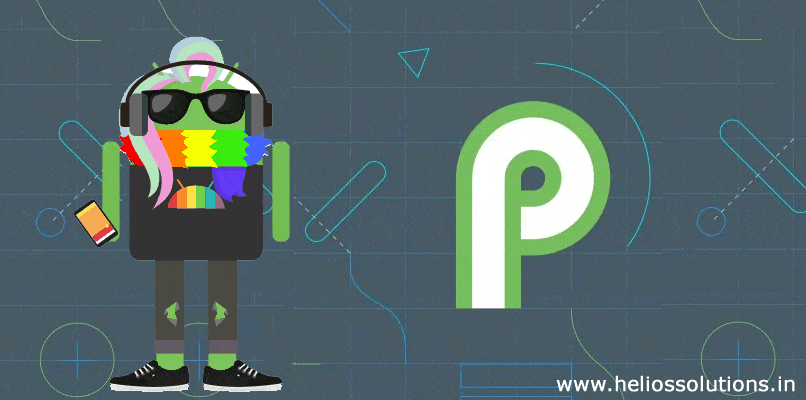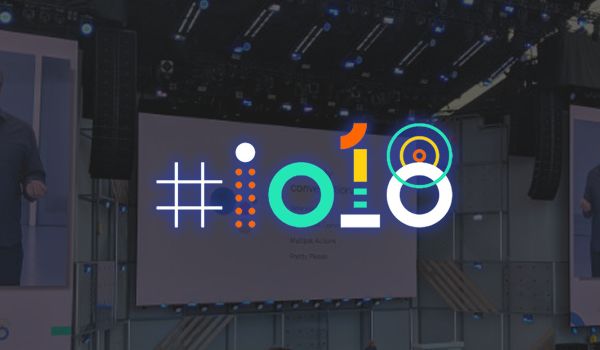
Google kick-started its annual developer conference titled ‘Google I/O’ on Tuesday, 8th May 2018. The Google I/O is where the Google executives reveal the company’s plans, launch new products and introduce the world to technological advancements made by them. This year, the event started off gloriously as the announcements made left us all spell bound.
The event is planned to go on for 3 days – May 8, 9 and 10. Here is the full schedule and the planned agenda of the event.
Android app developers are extremely excited after these announcements as the future of app development in android will be taking a high-road of progress after the launch of these features. For those who missed the event of 8th May, here is a complete summary of the announcements made at the event:
1. Google AI in healthcare: Google developed a retinal scanner that can detect diabetic retinopathy. The AI enabled retinal scanners are capable of offering a lot more insights than what humans could. Through just a retinal scan Google AI could offer accurate information of the patient’s age, sex, blood pressure, smoking habits, diabetic status, BMI and can even predict cardiovascular risks.
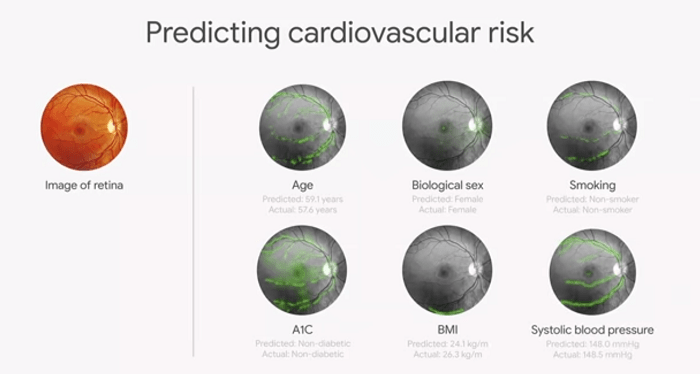
Image by Google/YouTube
AI will also help doctors to predict medical events. Through the machine learning system, medical records of patients were analysed and it was understood that by analysing over 100,000 data points per patient, one can predict if the patient is likely to get critically sick and thus, a doctor can predict the chances of readmission of the patient 48 hours prior.
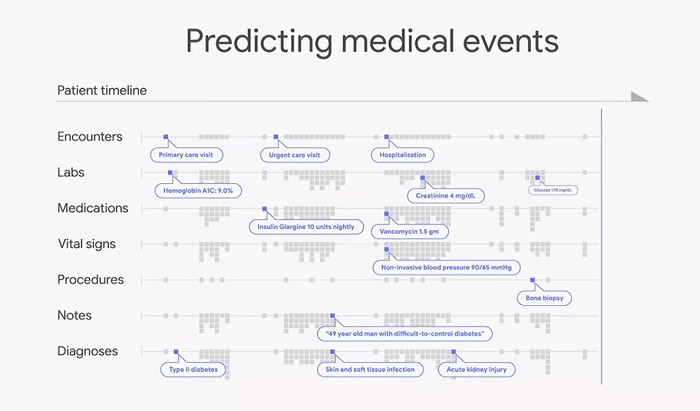
Image by Google/YouTube
2. Google AI for accessibility: The machine learning technology called ‘Looking to Listen’ has been enhanced and developed to look for audio cues and combine it with visual cues and thus disambiguate overlapping voices in a video to assist easy listening for hearing impaired people who rely on closed captioning.
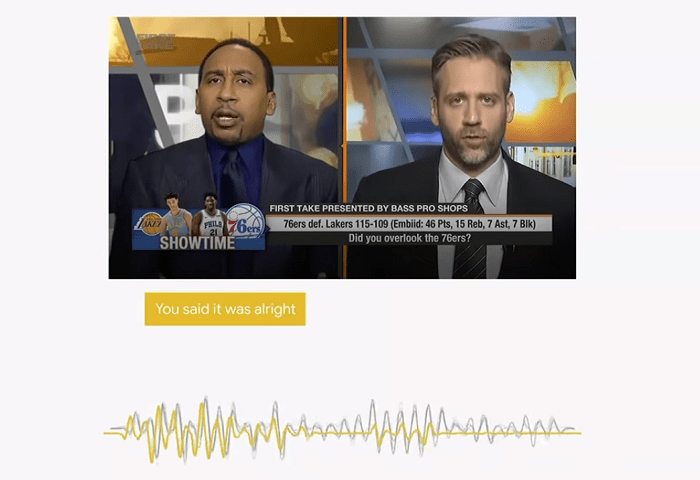
Image by Google/YouTube
3. Gboard and morse code: The Google team has built support for morse code in the Gboard that enables the user to type in morse code and get text output along with word predictions and suggestions.
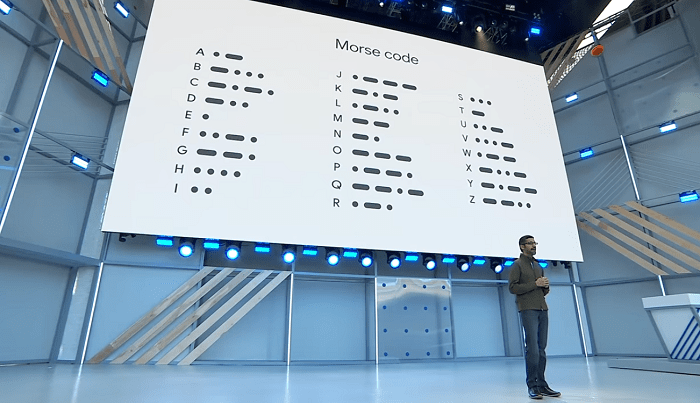
Image by Google/YouTube
Want to get these features added to your Android app?
Talk with our Android app development experts!
4. A redesigned Gmail: The new, updated layout of Gmail has already been rolled out to users. There is another feature that is being incorporated in Gmail and that is called ‘the smart compose’. Through machine learning, Gmail suggests phrases while composing emails and the phrase suggesting capabilities seems really impressive as shown in the demo and it will be rolled out to all the gmail users by the end of this month.

Image by Google/YouTube
5. Google photos: The photo viewer experience has been improved by the addition of a feature called ‘suggested actions’. This feature has capability to detect the picture elements and suggest to fix the brightness level for underexposed photos, share it with other people who are in the picture and also detect documents and convert it into PDF format. These are just a few out of many things that one can do on Google photos with just one tap. Also, features of pop colour and adding colour into a black and white image are the highlights of the new update.
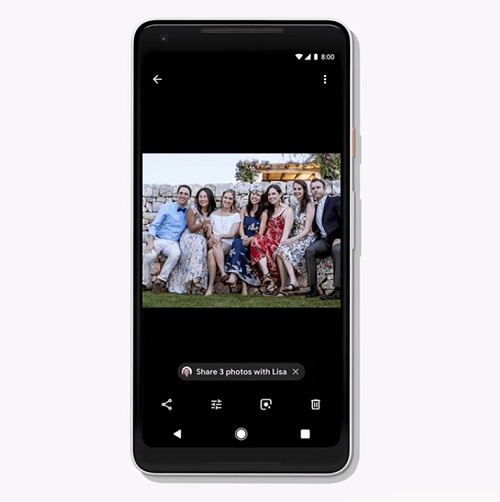
Image by Google/YouTube
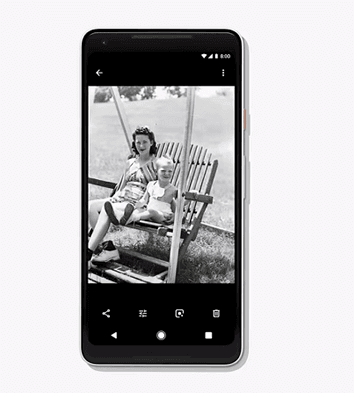
Image by Google/YouTube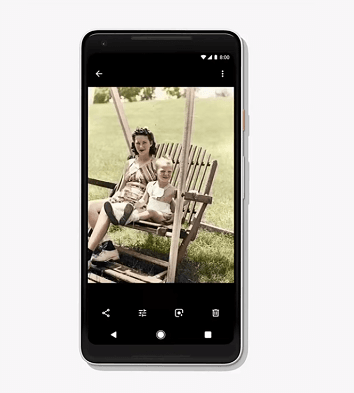
Image by Google/YouTube
6. The launch of TPU 3.0: Google announced that it will be rolling out the third generation of the Tensor Processor Unit – TPU 3.0. This is expected to take machine learning and customised AI to an altogether another level. The 3.0 model is said to be 8 times more powerful than the 2.0 version that was launched the last year. This is expected to be the biggest breakthrough in the field of machine learning hardware.
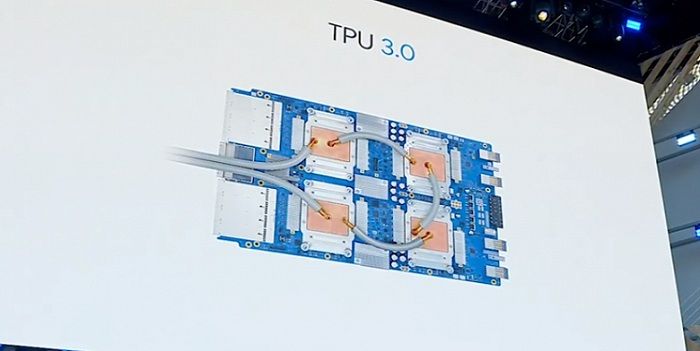
Image by Google/YouTube
7. Google Assistant features: This was the biggest attraction of the Google I/O 2018 event as the world was awaiting to watch how Google Assistant will step up its game to take on its competitors – Siri and Amazon Alexa. Ofcourse, the wait was worth it!
A breakthrough named ‘wavenet’ was able to add 6 new voices to the Google Assistant, one of out of those was of John Legend, that sound extremely similar to how humans converse including all the pitches, the pace and all the pauses that convey meaning.
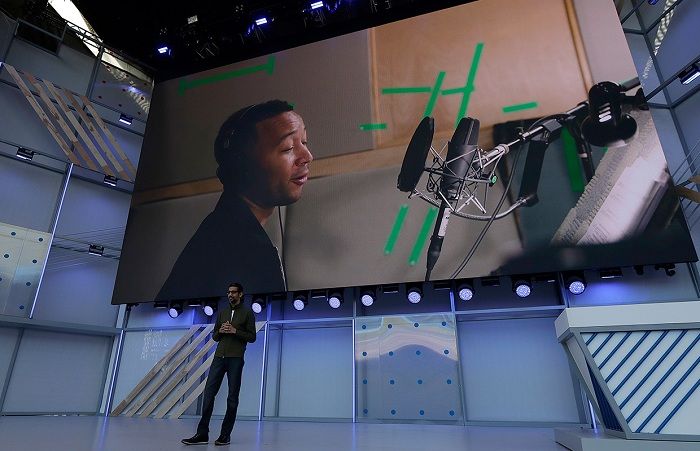
Image by Google/YouTube
Through this, the voices sound more human and the machine learning has enabled the assistant to become naturally conversational and visually assistive. Here are all the new features added to it:
- The continued conversation feature: The need for saying ‘Ok Google’ or ‘Hey Google’ at the start of every instruction has been eliminated and thus facilitating a natural back and forth conversation without addressing it at the start of every conversation.
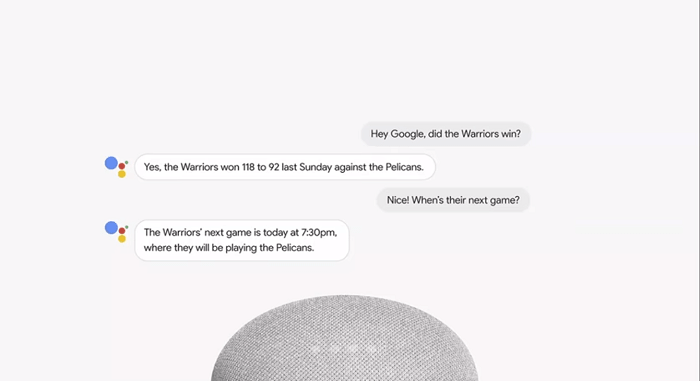
Image by Google/YouTube
- The multiple actions feature: The Google Assistant will now be able to process multiple action requests at one go. i.e, it can carry out two or more tasks that have been assigned to it in a single sentence like: “Turn on the TV and dim the lights.”
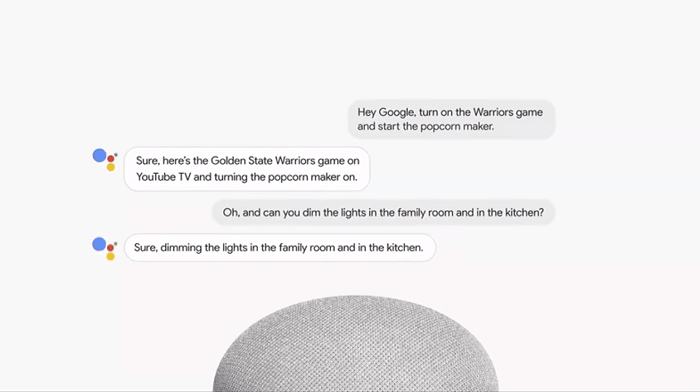
Image by Google/YouTube
- The pretty please feature: As there were several concerns from the users using the Google family experience for their kids that their children may become bossy as they get everything done by just saying “Hey Google”, the Google team came up with the Pretty Please feature that acknowledges and appreciates every time someone uses ‘please’ while talking to the assistant. In short, it understands a positive conversation and responds with polite reinforcements.
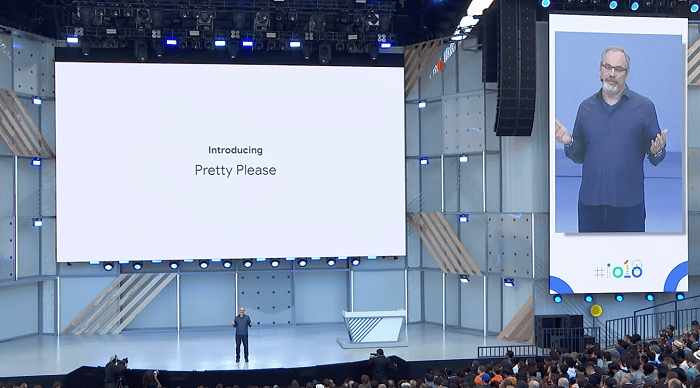
Image by Google/YouTube
Google assistant is soon to be expected to be available across all smart displays, phones as well as Google Maps to offer more ease of access.
Want to get these features added to your Android app?
Talk with our Android app development experts!
8. The Google Duplex: This is a technology that Google has been developing for years that enables Google to interact with people on phone calls for booking appointments, enquire about closing timings of a business and all such tasks. Most of the businesses do not have an online booking system set up and till now, booking appointments at such places had to be done manually. The Google Assistant will soon be able to handle the booking of such appointments by making a call and having a natural conversation over the phone through the Google Duplex technology. It will also be capable of understanding various nuances and the context of the conversation and successfully complete the task.
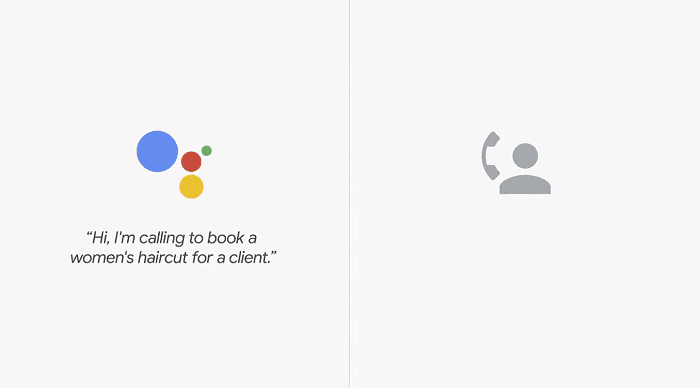
Image by Google/YouTube
9. Digital well-being: With the increasing FOMO (Fear of missing out) and the addiction to smartphones, Google came up with JOMO (Joy of missing out). It will help users in 4 ways:
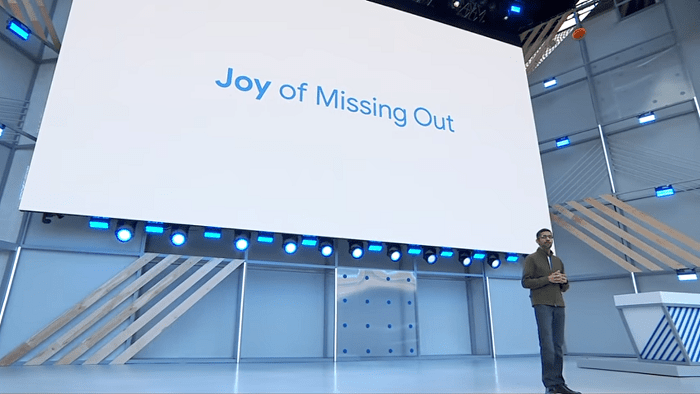
Image by Google/YouTube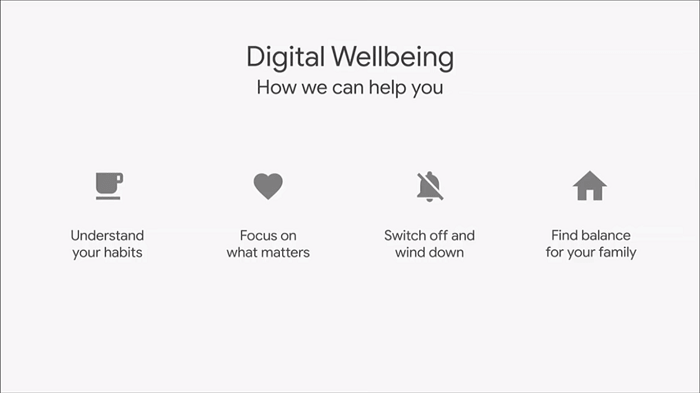
Image by Google/YouTube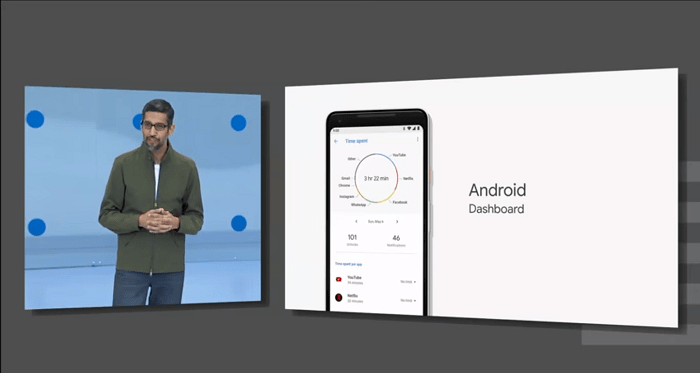
Image by Google/YouTube
- Understand habits: A dashboard that will display the amount of time you spend on every app, number of times you unlock your phone, the amount of notifications you receive and all such numbers thereby offering a full visibility of how one is spending one’s day.
- Focus on what matters: One can set the usage limit and screen time in terms of hours and the app show a notification telling you to take a break and will go grey after that, indicating that you have exceeded your single day quota that you alloted for that app.
- Switch off and wind down: The phone will go into ‘wind down’ mode in which the phone switches to do not disturb and fades the screen to greyscale when it is your bedtime all by itself, making sure that you do not keep looking at your phone and browsing through the web for hours way past your bedtime.
- Find balance with family: There will be a feature to control screen time for your kids and make sure that they become safe explorers of the digital world, making them kind, mindful and equipped to make smart decisions.
10. Google News Initiative: AI has been integrated into Google News that bring forward news from quality sources that users can rely on and also make Google news a platform that works for publishers. A Google News with a deeper insight and a fuller perspective of the topic the user is interested in. Also, the app will have reinforcing techniques that makes it better at understanding your interests the more you use it.
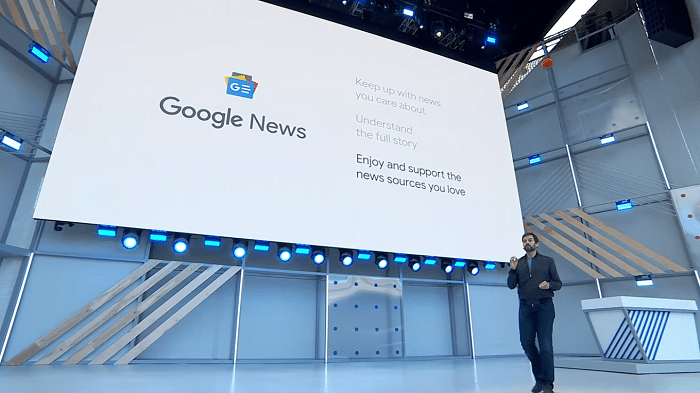
Image by Google/YouTube
11. Google Maps: Google Maps will have AI integrated with it as well and that will take navigation to a whole another level. One can get more accurate traffic statuses and more detailed locations. The Maps app will have a new tab added to it called ‘For you’ which will tell you about all the things happening around you that you may be interested in like trending places of the week and new places to explore. Also, there will be recommendations titled ‘your match’ that will display the place that you will like based on the previous places that you have visited and rated through machine learning.
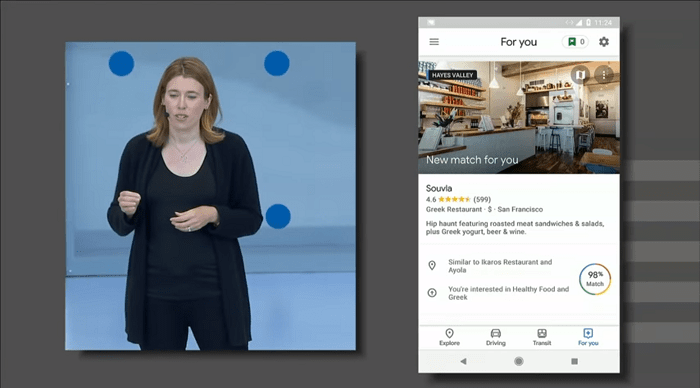
Image by Google/YouTube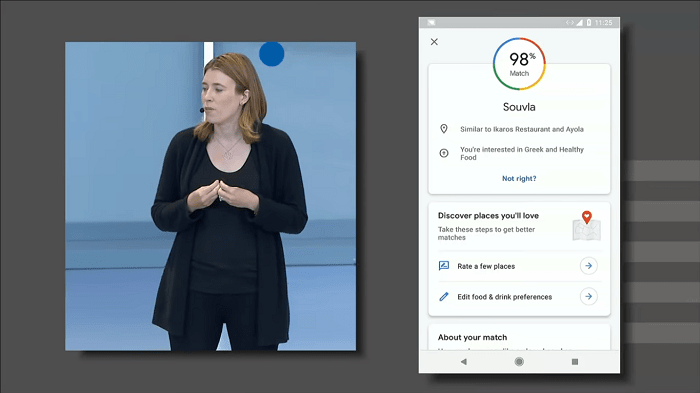
Image by Google/YouTube
12. The walking navigation feature: The Google Maps app will be integrated with the camera to offer visual directions towards your destination and saving you the hassle of figuring out what direction is being indicated in the 2D maps that are currently in use. The development of a technology called VPS (Visual Positioning System) which is an upgrade of the GPS system, helps Google Maps and Street view to determine your precise position and orientation to guide you in the right direction virtually. With this, you can wave your phone camera in front of you, and see the Street View version of what you can see on your Google Maps app. Giant arrows can point you where to go next. This is similar to the view we used to see in the “Grand Theft Auto (GTA)” but this time, it is real life.
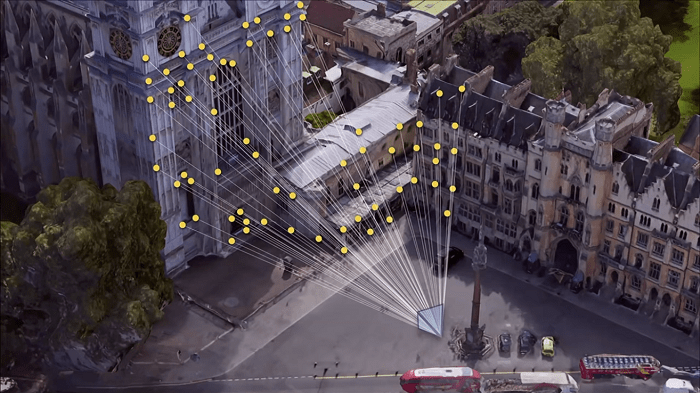
Image by Google/YouTube

Image by Google/YouTube

Image by Google/YouTube
13. The Google Lens: The Google Lens has been enhanced to and designed in such a way that it is now a lot more than just a camera. Starting next week, the Google Lens will be integrated right inside the camera app and that will let you use Google lens a lot more. You can point to a book and look for it online, point the camera to a particular handbag that you spot a lady carrying and get a similar one for yourself online. Also, you can point the phone camera to a paper with printed text to just select the text that you want to copy on your phone.

Image by Google/YouTube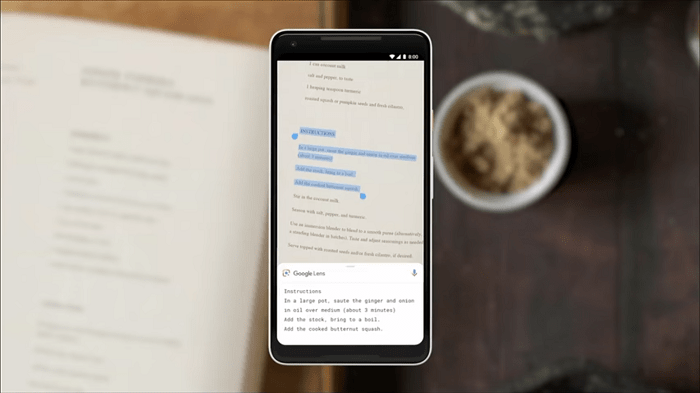
Image by Google/YouTube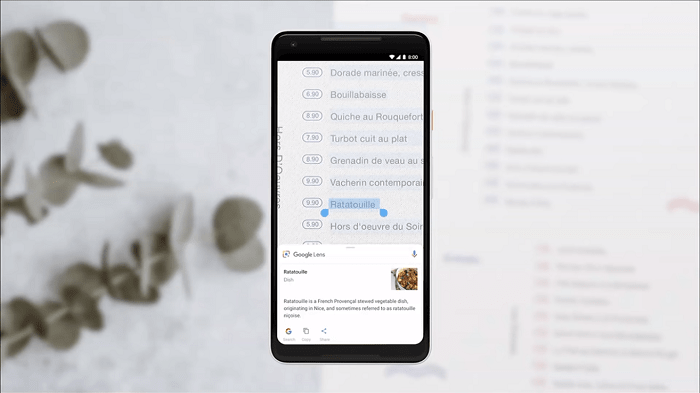
Image by Google/YouTube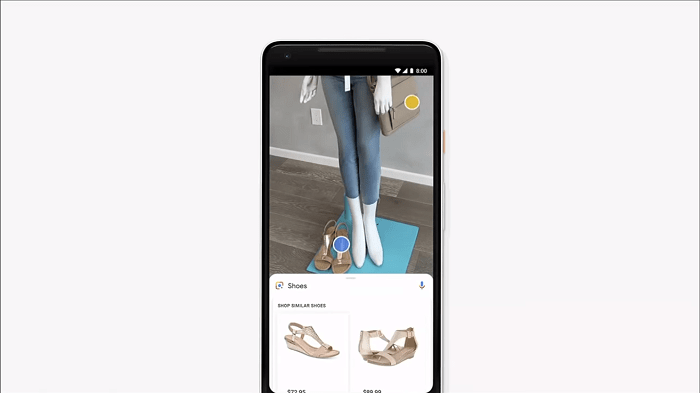
Image by Google/YouTube
14. The Android P beta: The Android P beta was launched for 7 manufacturer flagship devices. The Android P features are really versatile and life changing. Android P is what can be considered the beginning of a revolution of how users interact and use their smartphones.
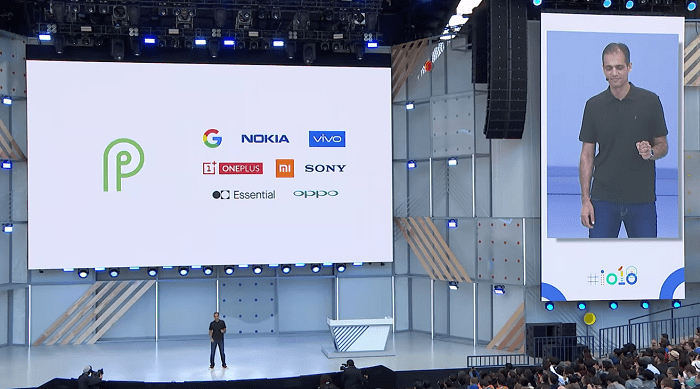
Image by Google/YouTube
Final words:
The complete Google I/O event was full of surprised and amazed exclamations and a lot of applause, which was obviously expected if you consider the impressive announcements that were made throughout the whole event. With all these announcements, Google has totally surpassed the rest of its competitors in the field of machine learning and artificial intelligence.
The Google Assistant is truly a vision of the future of technology.
Watch the complete video of the Google I/O event Day 1 here.
Which feature out of all the above-mentioned ones seems to be the most impressive? Express your views in the comments below.


